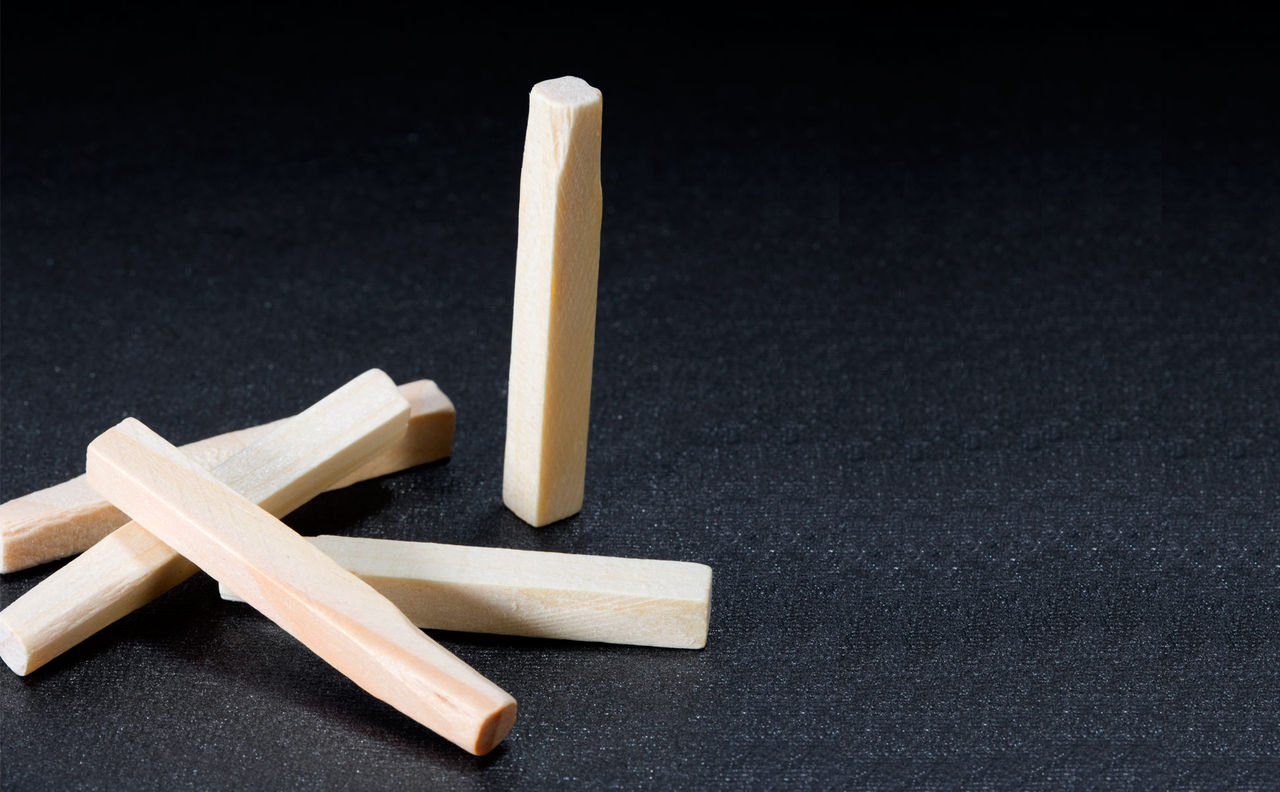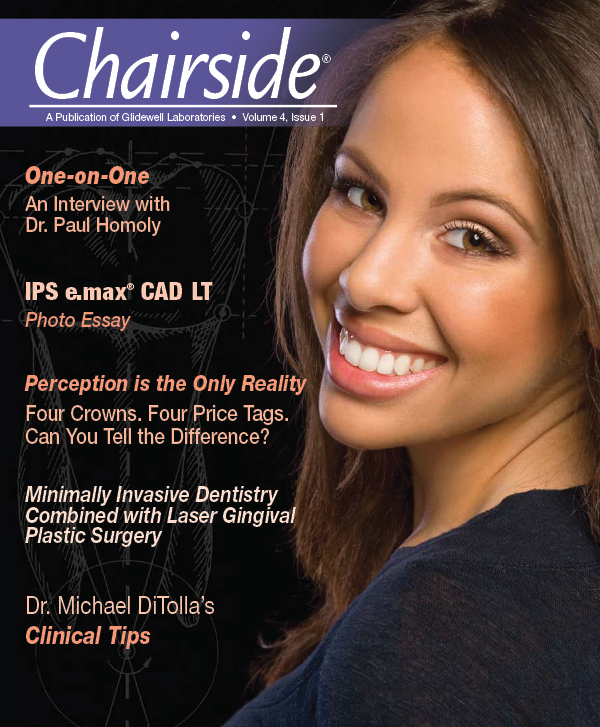Dr. DiTolla’s Clinical Tips – Aidaco™ Bite Sticks

PRODUCT:
Aidaco™ Bite Sticks
SOURCE:
Temrex Corporation
Freeport, N.Y.
800-645-1226
temrex.com
The ubiquitous orangewood bite sticks! They show up in practically all of my DVDs because I use them on nearly every case. I was first introduced to Aidaco™ Bite Sticks right out of dental school, during the two years that I practiced with my dad. He used them with a mallet to hammer in anterior crowns, and he would tell patients they were going to feel a “slight tapping sensation.” Their body language suggested they were feeling a “massive jackhammer sensation.” One day I had him tap on tooth 9 in my mouth with his mallet and bite stick, and the force he was able to deliver was shocking! That was the day I decided to retire the mallet and to just use the orangewood sticks with my hands. In Dad’s defense, the cements of his day did not have the thin film thickness of today’s cements and may have needed to be pounded into place. When you try to seat crowns with just finger pressure, the crowns indent into your fingertips and it’s hard to tell if you are holding the crown in place. As you have seen, I use the sticks for crowns, veneers, even no-prep veneers in the anterior. In the posterior, I use them on every bridge by having the patient bite down on a bite stick during try-in for eight to 10 minutes. Whether we like it or not, preps shift in the two weeks between appointments, even with well-done provisionals — biting on the stick helps stubborn bridges go down into place. When you look at remake rates for our doctors, bridges always have a higher remake rate due to prep shifting. It certainly helps to do some “instant orthodontics” by having the patient bite down on an orangewood bite stick with the bridge in place prior to declaring it a remake. Often my dental assistant will do this before I even enter the room, so I can begin evaluating contacts and margins as soon as I walk in.


